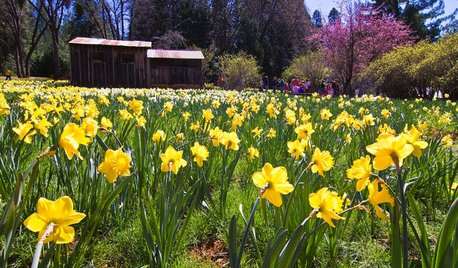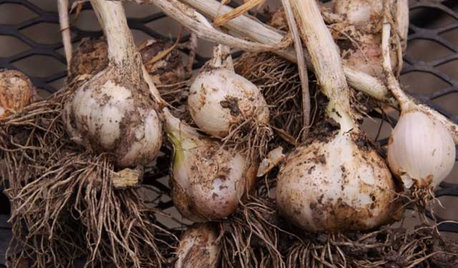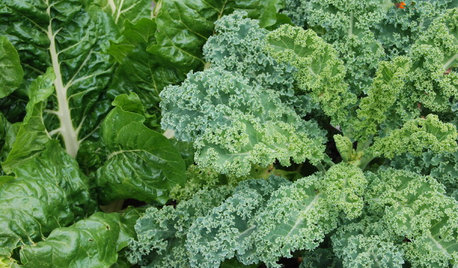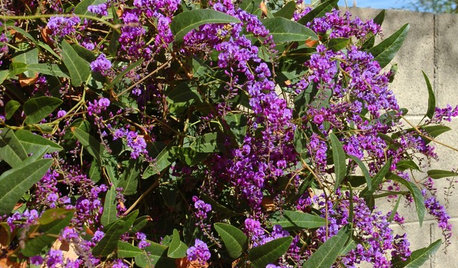garlic planting times in mild winter climate
mckenziek
10 years ago
Related Stories

GARDENING GUIDES7 Bulbs That Flourish in Mild Climates
Fall planting: For gardens that don't see harsh winters, different guidelines for choosing and planting spring-blooming bulbs apply
Full Story
GARDENING GUIDES7 Fall Beauties for Mild-Climate Container Gardens
We're talking long-term relationship: These showy shrubs will bring color to your container garden autumn after autumn
Full Story
COOL-SEASON CROPSCool-Season Vegetables: How to Grow Garlic
Beloved in a wide range of dishes the world over, garlic thrives in a fall garden and is easy to grow
Full Story
FALL GARDENINGFrost-Hardy Foliage That Loves a Cold-Climate Garden
When winter cuts a bleak swath through other plants, these edibles and perennials flourish brilliantly
Full Story
GARDENING GUIDES6 Dependable Ground Covers for Warm Climates
Swap some lawn for these drought-tolerant clumping plants — and watch your maintenance efforts diminish while they easily grow
Full Story
LANDSCAPE DESIGNCelebrate a Sunny Climate With the Right Leafy Palm for Your Site
So you get freezes or floods. So your garden is small. These palms send excuses riding off into the tropical sunset
Full Story
ARCHITECTURE15 Smart Design Choices for Cold Climates
Keep your home safe and comfortable in winter by choosing the right home features and systems
Full Story
GARDENING GUIDESGreat Design Plant: Lilac Vine for a Purple Profusion in Winter
Grow this pretty, hardy vine on a fence or as a ground cover for blooms throughout the colder months
Full Story
FALL GARDENINGWhy Fall Is the Best Time for Planting
Spring is overrated for planting. Starting plants in autumn has advantages for both garden and gardener
Full Story
TREESGreat Design Plant: Coral Bark Japanese Maple, a Winter Standout
Go for garden gusto during the chilly season with the fiery red stems of this unusual Japanese maple
Full Story





kristincarol
seysonn
Related Professionals
Cerritos Landscape Contractors · Downey Landscape Contractors · Gaithersburg Landscape Contractors · Hendersonville Landscape Contractors · Kettering Landscape Contractors · Lake Saint Louis Landscape Contractors · Mercedes Landscape Contractors · Middle River Landscape Contractors · San Carlos Park Landscape Contractors · Silver Firs Landscape Contractors · Abington General Contractors · Conneaut General Contractors · Dunedin General Contractors · Hermitage General Contractors · Port Huron General ContractorsmckenziekOriginal Author
seysonn
mckenziekOriginal Author
seysonn
planetes
mckenziekOriginal Author
planetes
planetes
coachjohn
inulover (9A Inverness, Florida)
inulover (9A Inverness, Florida)
seysonn
mckenziekOriginal Author
Mrs.WinterWheat